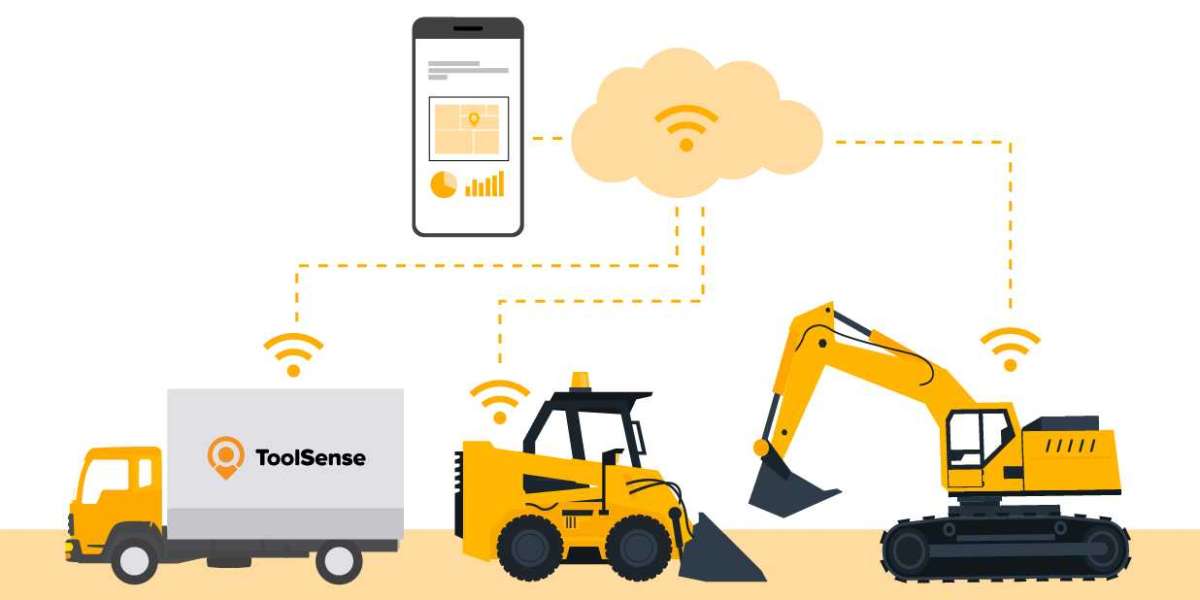The global IoT in construction industry, valued at over US$ 7.6 billion in 2021, is on a remarkable growth trajectory. Expected to expand at a compound annual growth rate (CAGR) of 16.2% from 2022 to 2031, the market is projected to reach an impressive US$ 34 billion by 2031. This rapid growth underscores the transformative potential of IoT technologies in addressing critical challenges within the construction sector.
Enhancing Efficiency and Safety
Construction companies are increasingly leveraging IoT technologies to enhance efficiency and improve responsiveness to the dynamic demands of the industry. The integration of IoT in construction processes helps mitigate issues such as flat productivity, reduced margins, schedule overruns, and heightened competition. By utilizing connected sensors and actuators, construction sites can be more efficiently managed and monitored, leading to significant reductions in construction time and better resource utilization.
One of the most significant advantages of IoT in construction is the improvement in safety and productivity. IoT-enabled wearable devices and sensors monitor the health and safety of construction workers, providing real-time data that helps in identifying potential risks and sending safety alerts. This technology is crucial in a sector where, according to OSHA, 21% of worker fatalities in 2018 occurred in construction. Such innovations are vital in reducing accidents and fatalities on construction sites.
Government Initiatives and Smart Cities
The push towards smart city initiatives by governments worldwide is a major driving force behind the adoption of IoT in construction. Policies promoting smart construction technologies, productivity improvements, and automation are propelling the market forward. Countries like India, the United States, Australia, and Japan are at the forefront, implementing IoT solutions to create connected smart cities that offer a better quality of life through sustainable infrastructure and core services.
For instance, India's Smart City Mission and Digital India initiatives aim to use IoT technologies to develop smart cities that provide a clean and sustainable environment. Such initiatives are mirrored globally, with significant investments in IoT solutions to address region-specific challenges and foster an environment conducive to technological advancements.
Regional Market Dynamics
North America is expected to hold a significant share of the IoT in construction market, driven by the high penetration of advanced technologies and IoT devices. Prominent companies such as Caterpillar, Oracle Corporation, and Trimble are spearheading the deployment of IoT technologies in the region, particularly in modular construction and prefabricated buildings.
Europe is anticipated to experience the highest CAGR during the forecast period, fueled by technological advancements and a robust recovery in residential construction. Meanwhile, the Asia Pacific region is set to witness substantial growth due to rapid urbanization and the expansion of the construction industry in countries like China, India, Japan, and Singapore.
Get Sample PDF Copy: https://shortlink.uk/Fakl
Leading Players and Future Prospects
The global IoT in construction market is dominated by a few key players, including AgileVision, Autodesk, CalAmp, DIGITEUM, Giatec Scientific, Pillar Technologies, and Trimble, among others. These companies are investing heavily in research and development to diversify their product portfolios and strengthen their market positions through mergers and acquisitions.
The future of the IoT in construction market is promising, with continued advancements and the introduction of new solutions poised to further revolutionize the industry. As IoT technology matures, its adoption will lead to more efficient, safer, and smarter construction practices, ultimately transforming the landscape of the construction sector.

